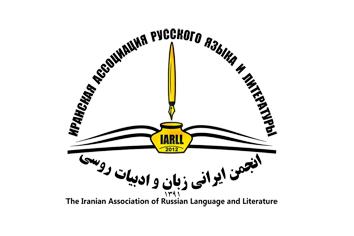TULIP COLOUR IN THE COLOUR CONCEPTOSPHERE OF THE FLORAL SPACE OF THE RUSSIAN LANGUAGE: RED OR BLACK?
Keywords:
Linguistics of Colour, Colour Term, Phytonym, Conceptosphere, Linguistic Picture of the WorldAbstract
The article presents the results of a polydiscursive research (the material is lexicographic sources, data of our directed associative experiment (611 respondents), K. Paustovsky’s prose, data of the Russian National Corpus (main and poetic corpus), advertising texts posted on the free classified ads website “Avito”), devoted to the reconstruction of the segment of the colour conceptosphere of the floral space of the Russian language on the material of tulip colour descriptions. The quantitative and qualitative composition of colour terms significant in plant visualization has been established (32 colour terms); a number of ways of conveying colour impression significant for the bearer of linguistic consciousness have been revealed (20 colour composites of different composition; 10 colour sequences of different modification: two- and three-component, etc.); colour dominants have been established (red, according to the results of associative experiment, black – according to the main corpus of the Russian National Corpus, scarlet – according to the poetic corpus); the ways of expanding the colour range are described (by lexemes with the meaning of colour intensity, colour heterogeneity, multicolour, lexemes with the meaning ‘to be in bloom’, with the meaning ‘light’, less often – ‘darkness’, lexemes with implicit colour); the combinability of colour terms is revealed (mainly with the phytonym tulip, as well as with a number of phytonymic and colouristic nominations, with lexemes that actualize figurative meaning); the specificity of colouristic descriptions is revealed, which consists in conveying the intensity of colouring, in the contamination of colour and light components, in the evaluative nature of descriptions, in their gender correlation; the functional potential of plant descriptions based on the colour component is described, which is implemented in the ontological, nomenclature-classifying, expressive-expressive, culturological function, in the function of colour chronotope creating: colour spatial dimension (in the creation of colour space of nature, man, city, country, creativity, war, symbolic space, dream space, etc.) and colour temporal dimension (temporal coordinate “Time of the year”, sporadically – “Time of day”), in the prototypical function.
Published
How to Cite
Issue
Section
License
Copyright (c) 2025 Issledovatel'skiy Zhurnal Russkogo Yazyka I Literatury

This work is licensed under a Creative Commons Attribution 4.0 International License.
![]()
"Creative Commons Attribution 4.0 International (CC-BY 4.0)"

